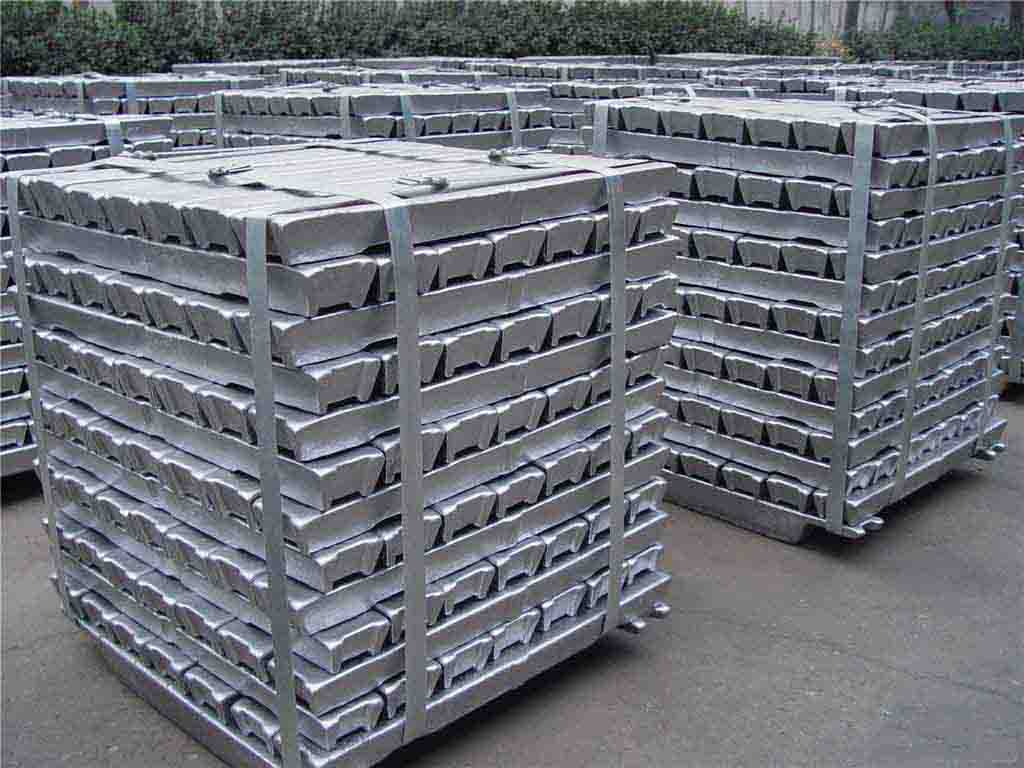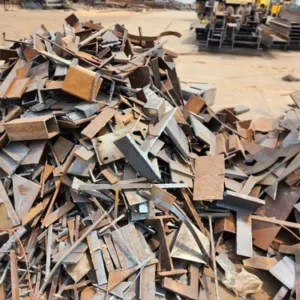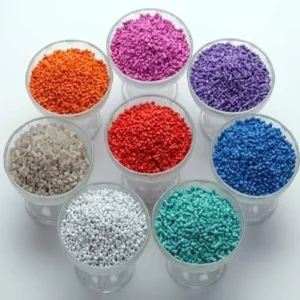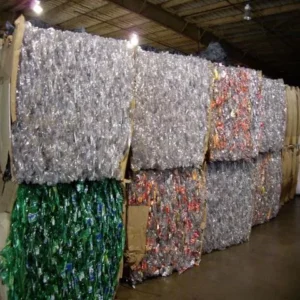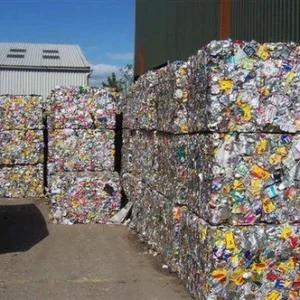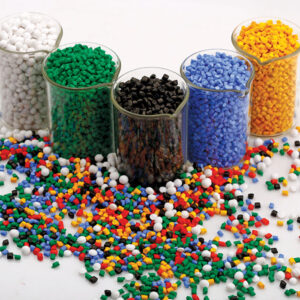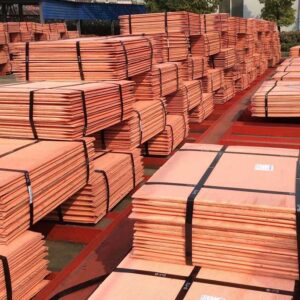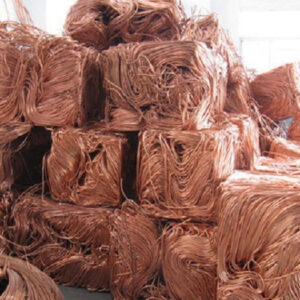Aluminium Ingot recycling is the process by which scrap aluminum can be reused in products after its initial production. The process involves simply re-melting the metal, which is far less expensive and energy intensive than creating new aluminium through the electrolysis of aluminium oxide (Al2O3), which must first be mined from bauxite ore and then refined using the Bayer process. Recycling scrap aluminium requires only 5% of the energy used to make new aluminium. For this reason, approximately 31% of all aluminum produced in the United States comes from recycled scrap.
Aluminium recycling is economically beneficial to both the aluminum and recycling industry. The capital cost for the production of recycled aluminium is already recognized to be far lower than making new aluminium. The financial benefit has also spurred the development of the recycling program.
India’s per-capita consumption of aluminium, it is 0.6 kilograms per person. Whereas in developed markets the consumption level is around 20 kilograms. “India obviously has a tremendous (potential) market for recycled aluminium. Recycled aluminium was sure to shadow growth in primary aluminum usage, which is projected to more than double in the next five years. Recycled aluminium had a huge competitive advantage as the cost of manufacturing was only 5 percent of primary aluminium.
Aluminium Ingot
Ingot and billet play an integral part in the production of many aluminum products. Plate, sheet, foil, wire, rod, and bar products are all produced by pressing or rolling ingot and billet.
Ingot and billet are cast from molten aluminium. In the cast house, crucibles of molten aluminium empty their silvery liquid either directly into molds or into a holding furnace where the metal is kept molten at temperatures between 1,200 and 1,500 degrees Fahrenheit. Alloying elements are then added.
The process of casting aluminum ingots takes place through the fusion and refining of aluminum scrap previously retrained through the use of specific technological installations. The process that allows to obtain aluminum ingots from aluminum scrap is called smelting process.
Aluminum Ingot are produced through the smelting process. Various grades of ingots are produced which are used for production of castings in Auto Industry as well as electrical applications. Ingots of various dimensions with maximum purity of 99.7%. Ingots are the material that is cast into a shape suitable for further processing. Ingots usually require a second procedure of shaping, such as cold/hot working, cutting, or milling to produce a useful final product. Aluminum Ingots are re-melted and further processed into a large number of products for various downstream applications.
Aluminium ingots can be used in different sectors, including automotive, household appliances, lighting, construction, mechanics and household goods. The ingots are sent to other process or flattened into thin sheets, which are then used to make new cans. Aluminum is becoming a favourite with architects and builders opening up a potential for increasing use of metal in the construction industry. Likewise, the use of the metal is increasing in the auto sector.
Exports of aluminum ingots have been increasing on a y-o-y basis, 21% from FY 2014-15 to FY 2015-16 and 52% from FY 2015-16 to FY 2016-17.
Aluminum plays a major role in the modern world through its innumerable applications, because of its intrinsic and versatile properties of lightness, strength to weight ratio, corrosion resistance, electrical and thermal conductivity, nontoxicity etc. Secondary Aluminum Production is the process of recycling aluminum scrap into aluminum that can be used again—an environmentally sound process that is 92 percent more energy efficient than primary production. In fact, aluminum scrap recycling has proven so valuable—both economically and ecologically—that recovery and recycling has become its own industry, and a highly successful one.



